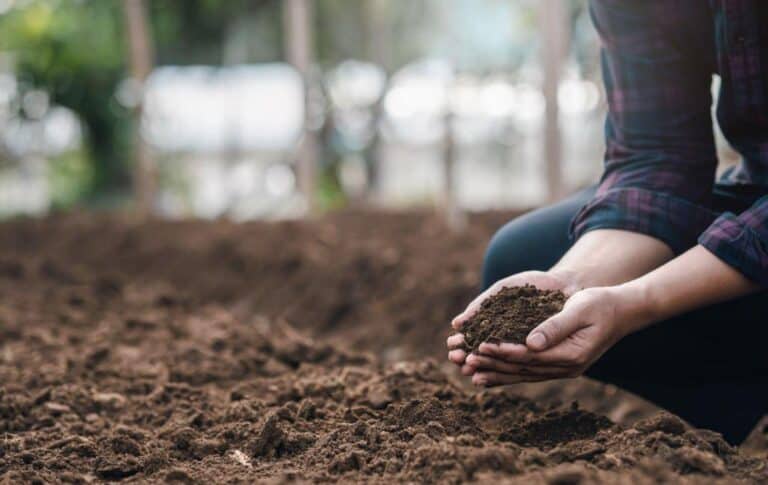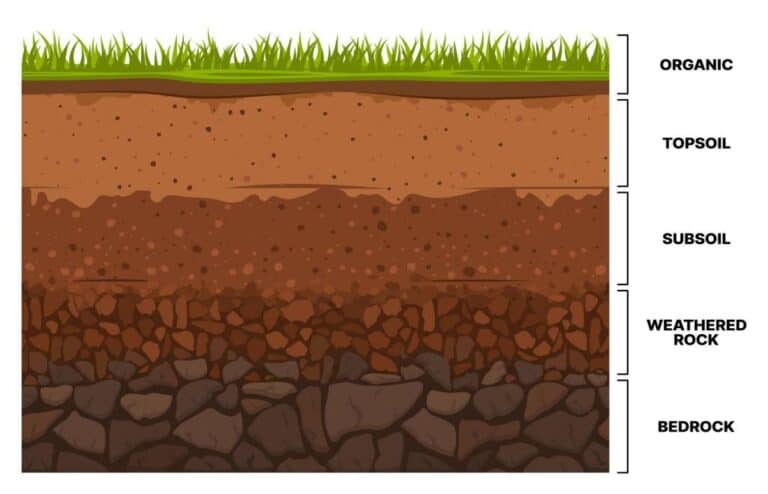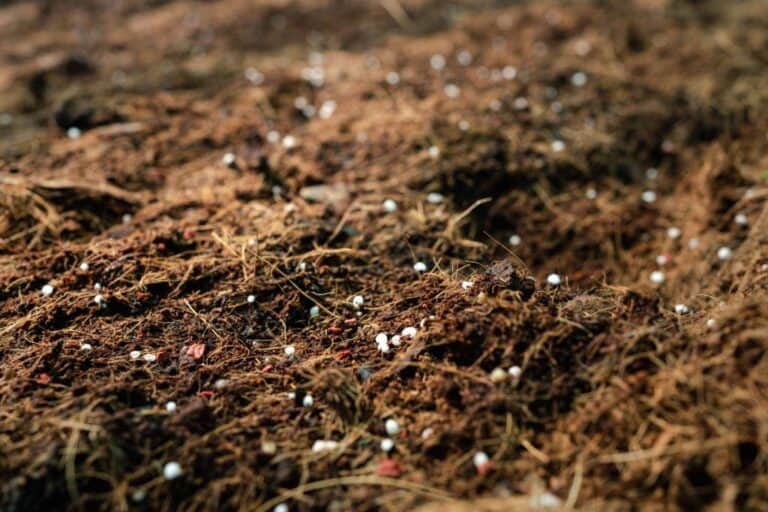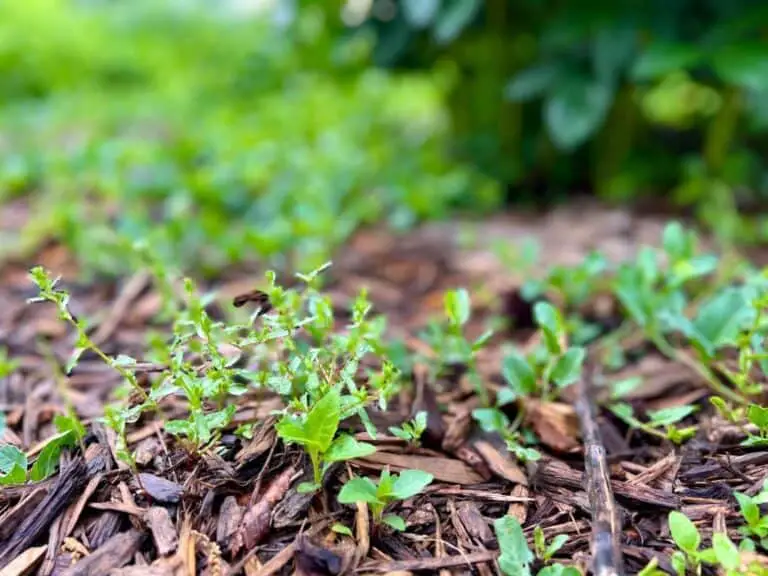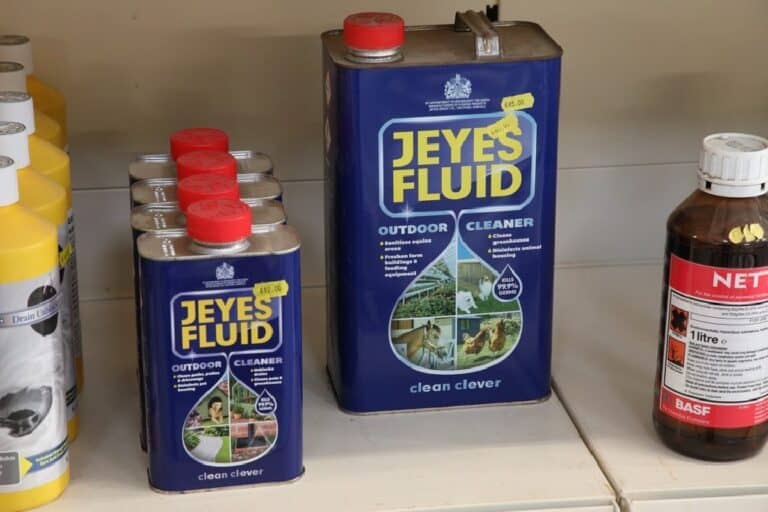Is Store Bought Soil and Bagged Soil Sterilized? Gardening Confidence

Gardening can be an enchanting journey, where soil-stained hands nurture tiny seeds into blooming wonders. But before you let your green dreams take root, there’s a crucial question that could make or break your gardening success: Is the store-bought or bagged soil you’re eyeing actually sterilized?
Like an intriguing puzzle, this topic has left many aspiring gardeners scratching their heads. We’ve all stood there, staring at rows of neatly packed bags, wondering if those bags hold the key to a flourishing garden or a potential disaster.
In this captivating article, we embark on a horticultural quest to uncover the long-guarded secrets behind store bought and bagged soil. We’ll explore the significance of soil sterilization, the perks it offers, and whether these commercial goodies live up to their sterilized claims.
So, don your gardening gloves and join us on this enlightening journey as we dig deep into the truth about store bought soil and bagged soil sterilization! Your garden’s success might just depend on it.
Introduction to Store Bought Soil and Bagged Soil
When it comes to gardening and nurturing plants, the quality of the soil plays a vital role in determining success. Two common options available to gardeners are store-bought soil and bagged soil. But what exactly are they?
Store-bought soil refers to the pre-packaged soil mixes available in nurseries and garden centers, while bagged soil is typically sold in larger quantities, commonly used for landscaping and large gardening projects. Both options aim to provide a suitable environment for plants to thrive. However, one crucial aspect that often concerns gardeners is whether these soils are sterilized or not.
The importance of soil quality cannot be understated, as it directly impacts plant growth, health, and overall productivity. Let’s delve into the process of soil sterilization to better understand its significance and the impact it has on the plants we cherish.
Is Store Bought Soil and Bagged Soil Sterilized?
Store-bought soil that is marked as sterilized has been treated with heat, steam, or chemicals to kill weed seeds and other pathogens. Therefore, there is no need to sterilize potting mix right out of the bag.
It’s important to note that store-bought soil claiming to be sterile may still be contaminated due to factors such as bag punctures, mishandling, or an old shelf life. Therefore, while store-bought soil is generally considered sterilized, it’s not guaranteed to be completely free from contaminants.
However, if you are using garden soil, it is always a good idea to sterilize it before planting to ensure the optimal growth and health of your plants. While it is possible to sterilize soil at home, it is easier, less expensive, and faster to simply purchase a bag of sterilized potting soil if you only need a small amount of soil. If you do need to sterilize soil at home, there are several methods you can use, including steaming, heating in the oven or microwave, or using the sun.
Read: Is It Effective to Sterilize Soil with Household Bleach?
The Process of Soil Sterilization
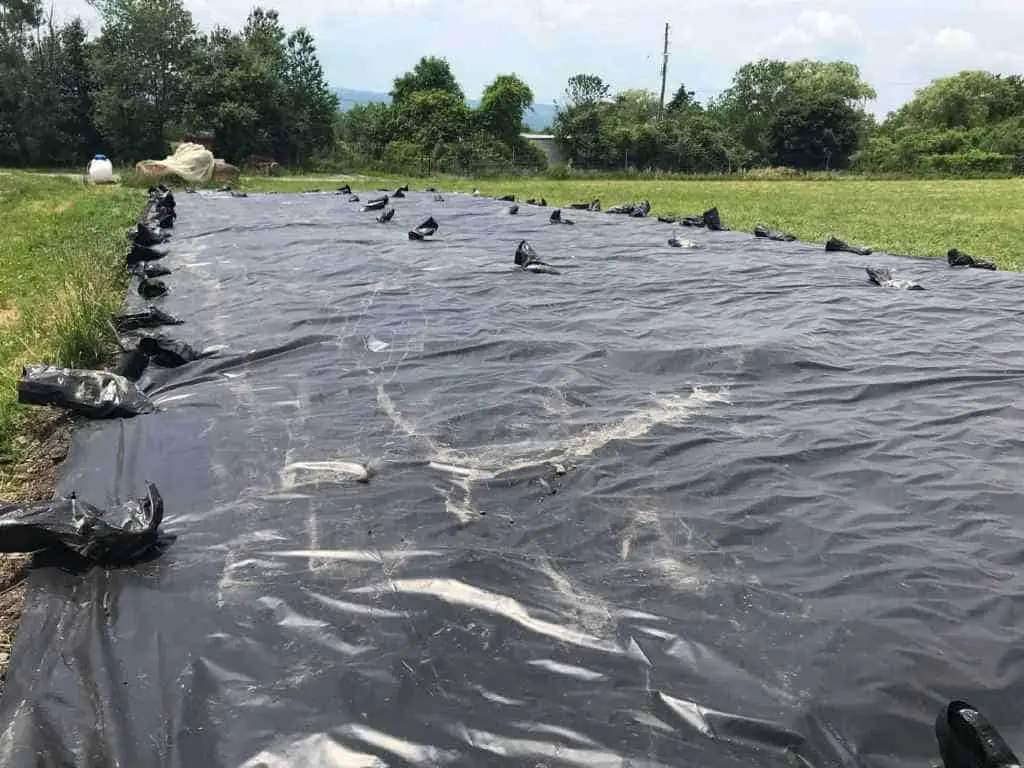
Soil sterilization is a technique used to eliminate harmful pathogens, pests, and weed seeds from the soil, reducing the risk of diseases and unwanted growth. It serves a vital purpose by promoting healthy plant growth and preventing potential setbacks that could arise from contaminated soil. Several methods are employed for soil sterilization, including heat, chemicals, and steam.
- Heat Sterilization: This method involves subjecting the soil to high temperatures, typically by baking it in an oven or using a steam treatment. The heat effectively kills off pathogens and weed seeds that may be present in the soil.
- Chemical Sterilization: In this approach, specific chemicals or fumigants are used to sanitize the soil. These chemicals are designed to eliminate pests and pathogens without harming plants, but careful application is essential to ensure safe usage.
- Steam Sterilization: Using steam is another way to sterilize soil. The soil is exposed to high-pressure steam, which effectively eradicates unwanted elements, making the soil safer for planting.
While soil sterilization offers several benefits, it’s important to weigh its pros and cons before deciding which method is best for your gardening needs.
Benefits and Drawbacks of Sterilized Store Bought Soil
Sterilized store-bought soil has its share of advantages and disadvantages, which can influence a gardener’s decision-making process.
Advantages:
- Pathogen-Free Environment: The primary benefit of using sterilized soil is the assurance of a pathogen-free environment. With harmful microorganisms and weed seeds eliminated, plants can grow without facing common soil-borne diseases.
- Reduced Competition: Sterilized soil significantly reduces competition from unwanted plants (weeds) that may otherwise take away essential nutrients and resources from your cultivated plants.
- Consistent Quality: Store-bought sterilized soil is manufactured with consistency in mind. This means you can expect a uniform and reliable quality, which can be crucial for certain gardening projects.
Drawbacks:
- Limited Microbial Activity: Sterilization not only eliminates harmful organisms but also beneficial ones. The absence of certain beneficial microbes can affect the overall health and fertility of the soil.
- Environmental Concerns: Some chemical sterilization methods may pose environmental risks if not used responsibly. Gardeners must be mindful of the potential impacts on ecosystems and groundwater.
- Cost Considerations: Sterilized soil tends to be more expensive than non-sterilized options, which can be a determining factor for budget-conscious gardeners.
Non-Sterilized Store Bought Soil: Pros and Cons
On the other hand, non-sterilized store-bought soil has its own unique set of advantages and disadvantages worth considering.
Advantages:
- Preserves Beneficial Microorganisms: Non-sterilized soil retains a more diverse and robust microbial community, which can aid in nutrient cycling and improve soil structure over time.
- Sustainable Approach: Opting for non-sterilized soil aligns with sustainable gardening practices by promoting biodiversity and reducing the reliance on chemical treatments.
- Cost-Effective: Non-sterilized soil is generally more affordable than its sterilized counterpart, making it an attractive option for large gardening projects.
Drawbacks:
- Weed and Disease Risks: Non-sterilized soil carries a higher risk of weeds and soil-borne diseases, potentially leading to additional efforts in weed control and plant disease management.
- Inconsistent Quality: The quality of non-sterilized soil may vary more compared to sterilized soil, as it largely depends on the source and manufacturing process.
- Learning Curve: Gardeners may need to adapt their practices to manage non-sterilized soil effectively, especially if they are used to working with sterilized soils.
Organic vs. Non-Organic Sterilized Soils
When considering soil sterilization, one must also take into account whether the soil is organic or non-organic. Let’s explore the differences and considerations for eco-friendly gardening:
| Organic Sterilized Soils | Non-Organic Sterilized Soils |
| Made from organic matter like compost and peat moss | Contain synthetic ingredients or chemical additives |
| Promote sustainability and eco-friendly gardening practices | May not align with sustainable principles |
| Beneficial for long-term soil health and biodiversity | May lack the same level of soil enrichment |
DIY Soil Sterilization Techniques
For gardeners who prefer a hands-on approach, sterilizing soil at home is an option. Here’s a step-by-step guide to DIY soil sterilization:
- Prepare the Soil: Gather the soil you want to sterilize in a container or tray.
- Heat Treatment: Place the soil in an oven-safe container and bake it at 180-200°F (82-93°C) for 30 minutes to an hour, depending on the soil quantity.
- Steam Sterilization: Use a pressure cooker or a steamer to steam the soil for about 30 minutes to an hour.
- Cool and Store: Allow the soil to cool before using it in your gardening projects. Store any leftover soil in a clean, airtight container.
Remember to take safety precautions, such as wearing gloves and ensuring proper ventilation during the sterilization process.
More: Contour Plowing and Strip Farming for Maximizing Yield and Sustainability
Conclusion
In conclusion, store-bought soil and bagged soil can be sterilized, but it depends on the specific product and brand. Some commercial soils are labeled as “sterile” or “pre-sterilized,” offering the benefits of disease prevention, weed control, improved germination, and consistent results. However, not all store-bought or bagged soils are treated for sterilization, so it’s crucial to read the packaging or product descriptions and verify the sterilization status with the manufacturer or seller.
As we’ve uncovered in the article, it’s clear that not all store-bought or bagged soils are created equal in terms of their sterility. Some commercial products undergo sterilization processes, while others maintain a blend of natural microbes. This diversity in microbial presence is pivotal, as it directly influences plant growth. The correlation between sterile soil and stunted plant development has been unveiled, reminding us that while sterility can mitigate pathogens, it can also hinder the beneficial microorganisms vital for nutrient cycling and overall plant health.
In our quest for gardening success, it’s paramount to bridge the gap between sterile soil and robust plant growth. The key lies in enhancing nutrient availability. Strategically enriching sterilized soils with organic matter, compost, and microbial inoculants can breathe life back into them. These strategies foster a harmonious synergy between sterility and plant vitality, emphasizing that a thriving garden is a delicate balance of science and nurturing intuition.
In essence, the dialogue between store-bought or bagged soils and sterilization transcends the mundane to reveal profound lessons about ecological harmony. Armed with insights, gardeners can not only cultivate flourishing landscapes but also cultivate a deeper understanding of the intricate dance between the cultivated and the wild. As we wield our trowels, we embark on a journey that balances the science of soil with the art of fostering life, creating gardens that are not only visually stunning but teeming with vibrant, healthy plants.
FAQs on Soil Sterilization in Bought Soil and Bagged Soil
Is sterilized soil better for plant health?
Is sterilized soil better for plant health?
Are there any risks of using non-sterilized soil?
Non-sterilized soil may contain harmful pathogens and weed seeds, which can lead to plant diseases, poor growth, and weed infestations. Using non-sterilized soil increases the likelihood of encountering gardening challenges and reduced plant health.
Is store-bought soil always sterilized?
No, store-bought soil is not always sterilized. Some products are labeled “sterile” or “pre-sterilized,” but not all are treated for sterilization. Always check the packaging or product description to verify if the soil has undergone sterilization.
What are the benefits of using sterilized soil for gardening?
Using sterilized soil provides disease prevention, weed control, improved germination, nutrient retention, and more predictable gardening results. It creates an ideal growing environment for plants, leading to healthier and thriving gardens.
Are there any alternatives to store-bought sterilized soil?
Yes, you can create your own sterilized soil at home or use various soil amendments to improve soil health and fertility. Composting, using well-aged manure, or mixing in organic matter can enhance the soil’s condition for planting.
Can soil sterilization negatively affect plant growth?
While sterilization removes harmful pathogens, it may also eliminate beneficial microorganisms essential for plant growth. Using sterile soil for an extended period can lead to an imbalanced soil ecology, negatively impacting plant health.
How do I know if the bagged soil I’m buying is sterilized?
Check the packaging or product label for indications of sterilization. Some bagged soils may be labeled “sterile” or “pre-sterilized.” If unsure, inquire with the seller or manufacturer to confirm the soil’s sterilization status before purchase.

